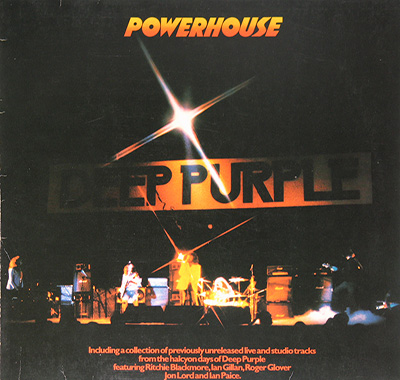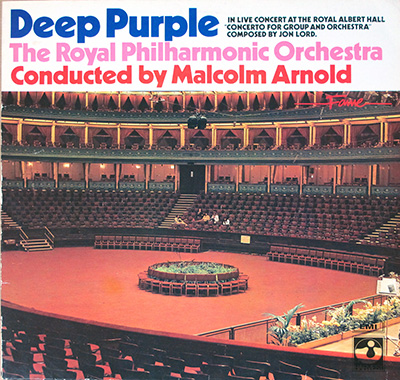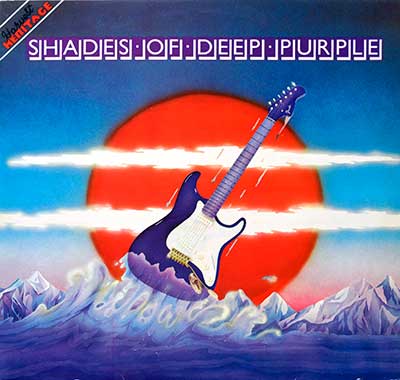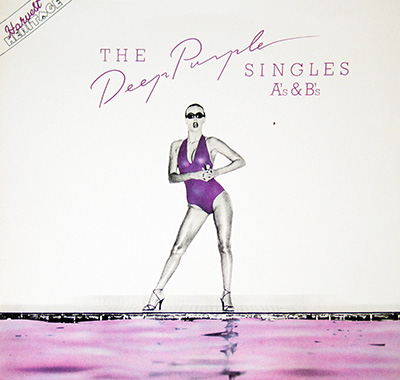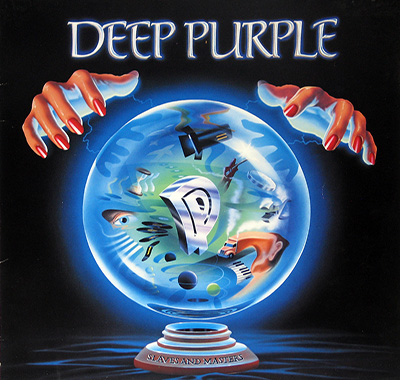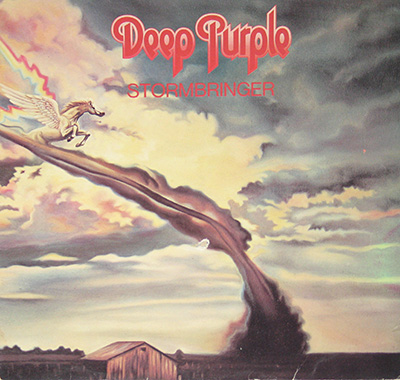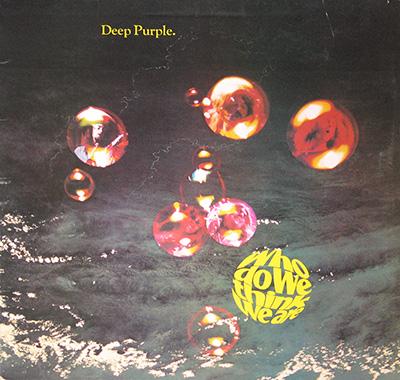"Made in Japan" Album Description:
In the world of rock history, few albums have left an indelible mark as profound as Deep Purple's "Made in Japan." This double live album, recorded during the band's inaugural tour of Japan in August 1972, captured the raw energy and musical prowess that defined the iconic rock band. As we delve into the historic release of the European edition of "Made in Japan" on 2LP vinyl, let's explore the context and significance of this timeless masterpiece.
The Birth of "Made in Japan":
Deep Purple embarked on their Japanese tour in the summer of 1972, performing in cities like Osaka and Tokyo. Little did they know that these performances would go down in history as some of the most electrifying and influential live shows ever recorded. The decision to release a live album from these concerts was a bold move, considering the band's penchant for improvisation and the unpredictability of live performances.
The Original Release:
"Made in Japan" first saw the light of day in December 1972, becoming an instant classic and cementing Deep Purple's status as one of the premier rock acts of the era. The original release featured recordings from three nights of concerts, showcasing the band's impeccable musicianship and the charismatic stage presence of each member. The album included unforgettable renditions of hits like "Smoke on the Water," "Highway Star," and "Child in Time."
European Release of the 2LP Vinyl:
As the album gained immense popularity globally, the demand for a physical release, especially in the European market, soared. The European release of "Made in Japan" on 2LP vinyl became a highly anticipated event for fans who yearned to experience the magic of Deep Purple's live performances in the comfort of their homes.
The 2LP vinyl format allowed for a more immersive listening experience, capturing the nuances of each instrument and the collective energy of the band. Vinyl enthusiasts reveled in the tactile nature of the medium, complete with the iconic album artwork that adorned the oversized covers.
Historical Significance:
"Made in Japan" holds a special place in the history of rock music, not only for its musical brilliance but also for its impact on the perception of live albums. It showcased that a live recording could transcend the limitations of a studio and capture the essence of a band's live energy. The success of the album influenced future live recordings and set a standard for the genre.
|
Music Genre:
Hard Rock, Classic Rock
|
|
Album Production Information:
The album: "DEEP PURPLE - Made In Japan EU 2LP" was produced by:
Deep Purple
This album was recorded live at, Osaka and Tokyo
|
|
Record Label & Catalognr:
Catalognr on the album's back cover and labels: Purple Records – 1A 138-93915/16
|
|
Packaging: Gatefold/FOC (Fold Open Cover) Album Cover Design with artwork / photos on the inside cover pages
|
|
Media Format:
Double 12" Vinyl Stereo Gramophone Record
Total Album (Cover+Record) weight: 460 gram
|
|
Country: Europe
|
Personnel/Band Members and Musicians on: DEEP PURPLE - Made In Japan EU 2LP
|
Band-members, Musicians and Performers
- Ritchie Blackmore - Lead Guitar
- Ritchie Blackmore – Guitarist, Songwriter
The guy who made the guitar sound both medieval and radioactive, often in the same solo. Read more... Ritchie Blackmore is the sort of name I see on a sleeve and instantly expect sparks: born Richard Hugh Blackmore (1945), he’s an English guitarist who helped hard-rock riffing grow teeth and then politely refused to stop. His era-stamps are basically whole chapters of rock history: Deep Purple (1968–1975, 1984–1993), where the riffs got louder, sharper, and more dramatic; Rainbow (1975–1984, 1993–1997), where he leaned into melody and fantasy like it was a weapon; and Blackmore’s Night (1997–present), where the electric storm calms down into Renaissance-folk textures without losing that unmistakable Blackmore touch. I love that arc: from amp-stacks and arena thunder to lutes-and-candles vibes, like he just swapped dragons for different dragons.
- Ian Gillan - Lead Vocals
Ian Gillan is a powerhouse British vocalist best known as the frontman of Deep Purple, shaping classics like Child in Time and Highway Star with his dynamic voice. He also led the Ian Gillan Band, fronted Black Sabbath briefly, and pursued a solo career. His electrifying stage presence and powerful vocals cement his legacy in rock history. Learn more.
- Roger Glover - Bass
- Roger Glover – Bass, Producer, Songwriter
If the groove feels like a tank with manners, his name is usually somewhere nearby. Read more... Roger Glover is one of those credit lines I trust on sight: a Welsh bassist, producer, and songwriter who helped define the heavyweight “engine room” of classic hard rock. I mainly tag him to two eras that just refuse to die: Deep Purple (1969–1973, 1984–present), where his bass and writing instincts locked in with that Mark II bite, and Rainbow (1979–1984), where he wasn’t just playing low-end—he was also steering the sound as lyricist and producer. He came up through Episode Six, then spent the 1970s stacking production work and side projects like it was a second career (because, yeah, it basically was), but those Purple and Rainbow years are the real “mythology in the liner notes” stuff.
- Jon Lord - Keyboards
Jon Lord, born John Douglas Lord (1941-2012), was a pioneering British keyboardist, composer, and co-founder of Deep Purple. Renowned for his Hammond organ mastery, he fused rock and classical music, shaping hits like Smoke on the Water. Beyond Deep Purple, he worked with Whitesnake and pursued a successful solo career. Explore more in his vinyl album discography.
- Ian Paice - Drums
Ian Paice is a legendary British drummer best known as the only constant member of Deep Purple, contributing to every lineup and album since 1968. His dynamic, powerful drumming shaped classics like Smoke on the Water and Highway Star. Beyond Deep Purple, he played with Whitesnake and Jon Lord. His influence on rock drumming is undeniable. Read his biography
|
Complete Track-listing of the album "DEEP PURPLE - Made In Japan EU 2LP"
|
|
The detailed tracklist of this record "DEEP PURPLE - Made In Japan EU 2LP" is:
Side One:
- Highway Star
(Osaka 16 Aug 1972)
- Child in Time
(Osaka 16 Aug 1972)
Side Two:
-
Smoke on the Water
(Osaka 15 Aug 1972)
- The Mule
(Tokyo 17 Aug 1972)
Side Three:
- Strange Kind Of Woman
(Osaka 16 Aug 1972)
- Lazy
(17 Aug 1972)
Side Two:
- Space Truckin
(Osaka 16 Aug 1972)
|
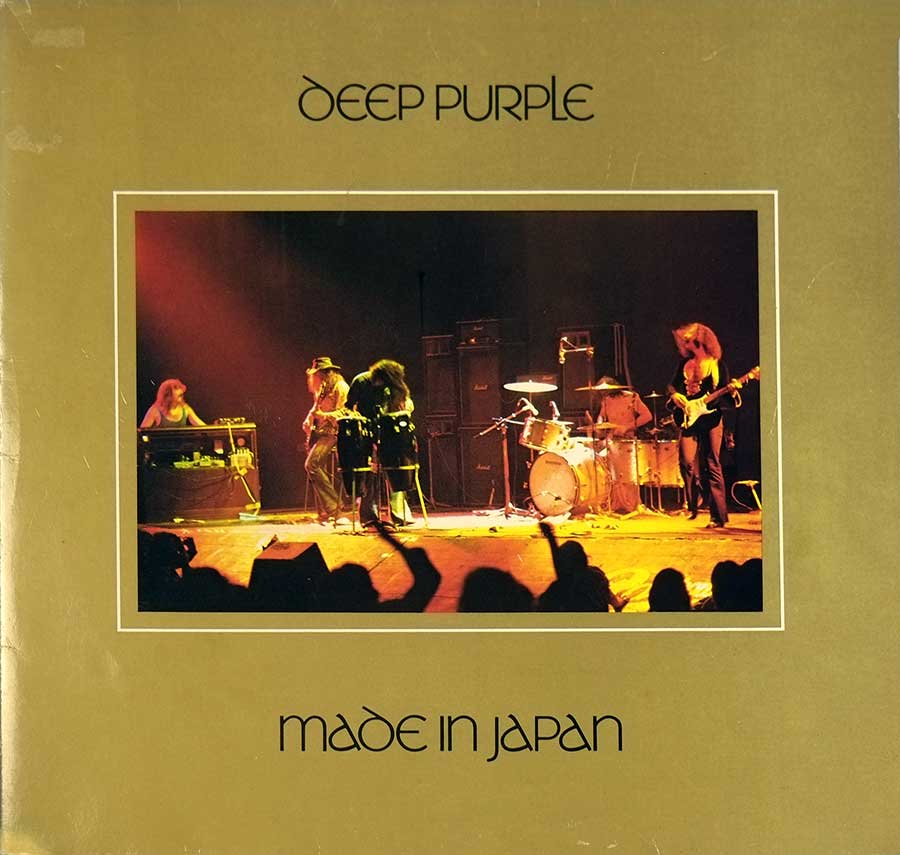
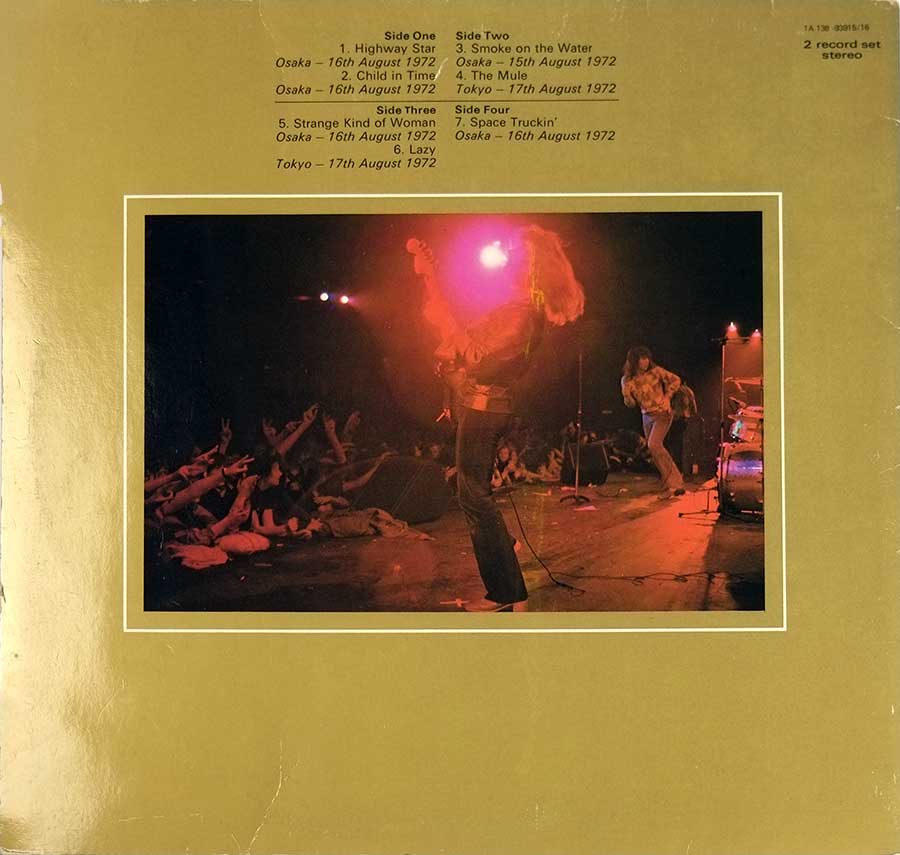
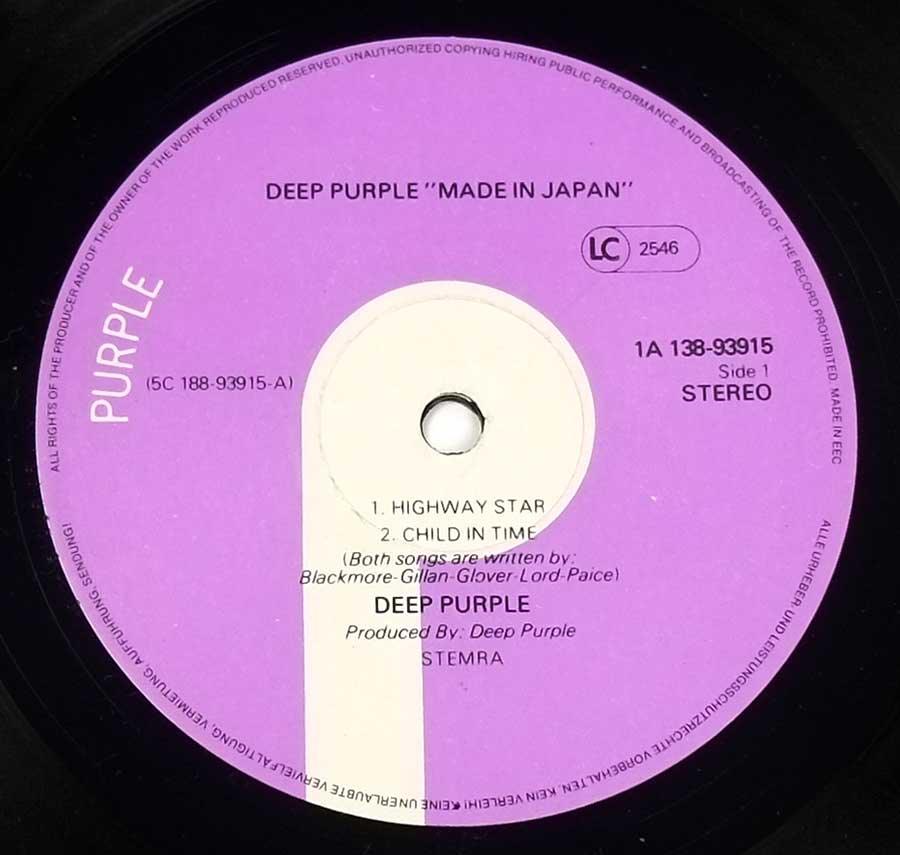
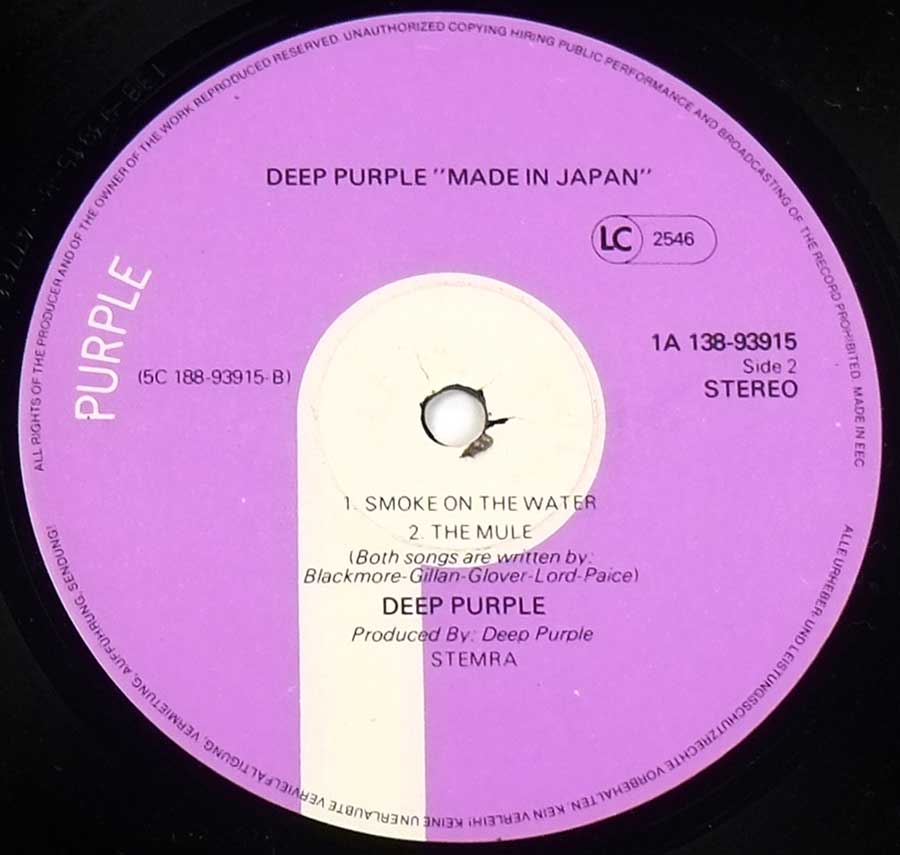
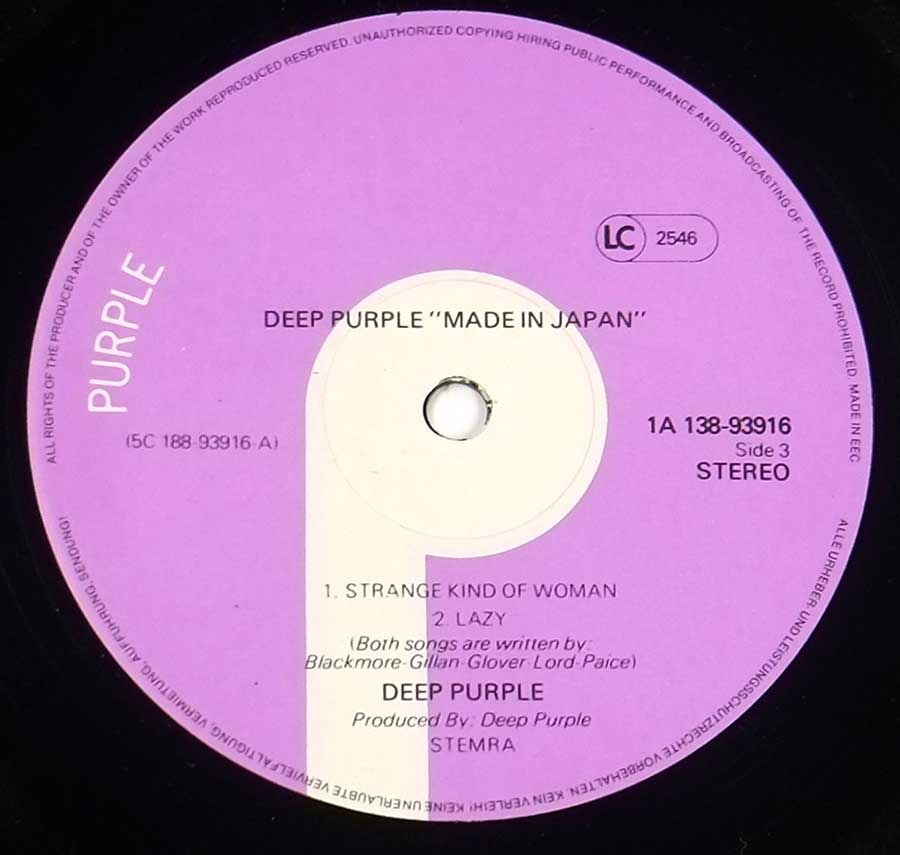
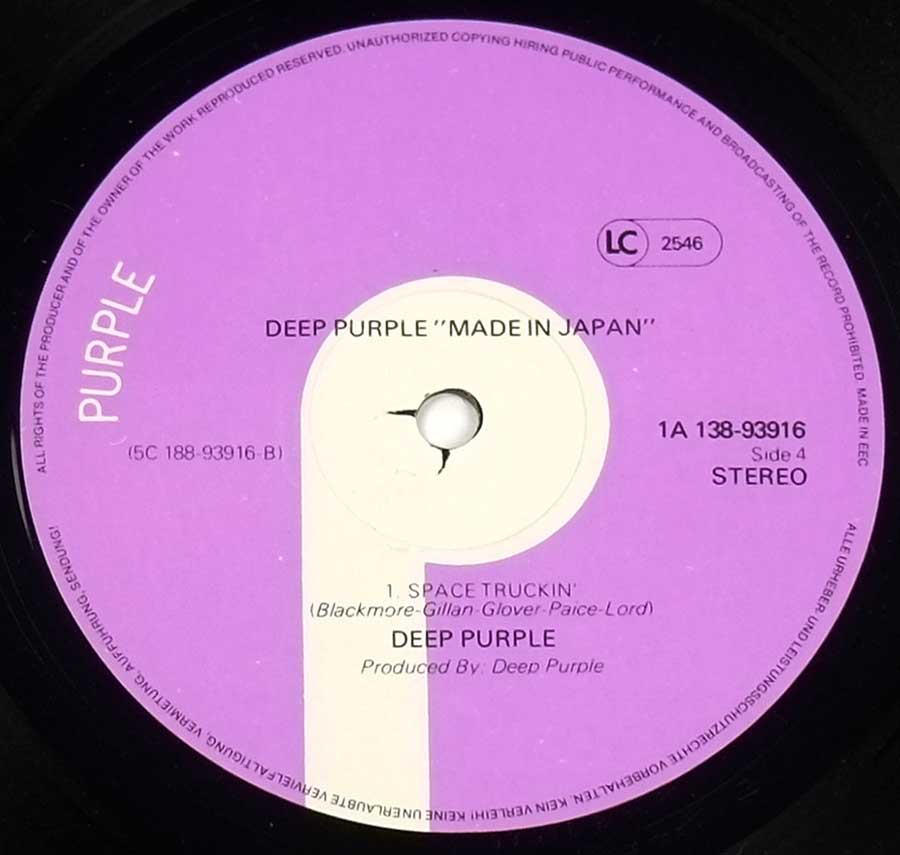
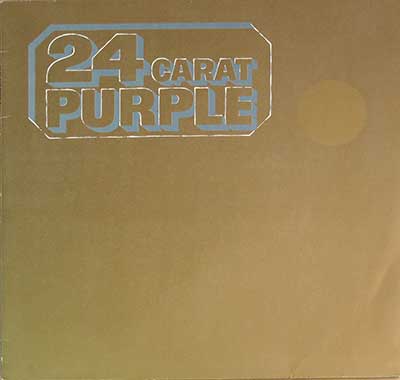
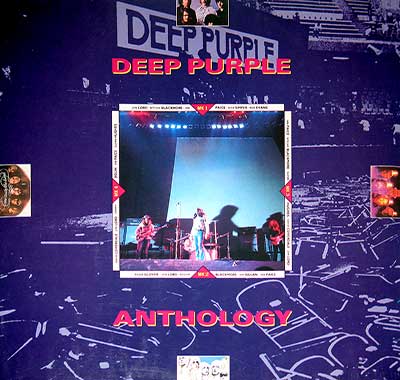
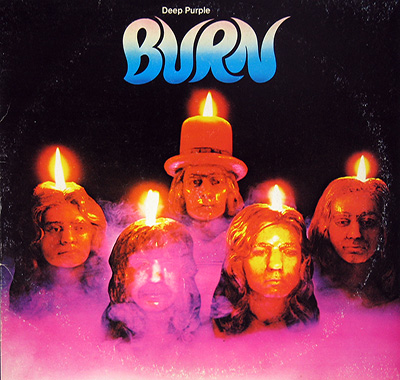
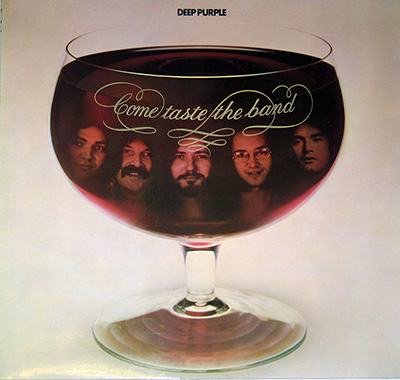
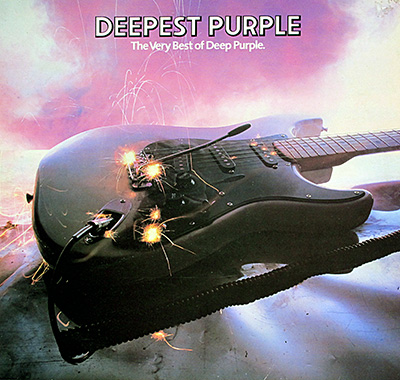
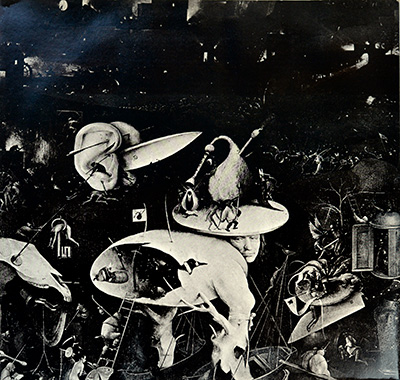
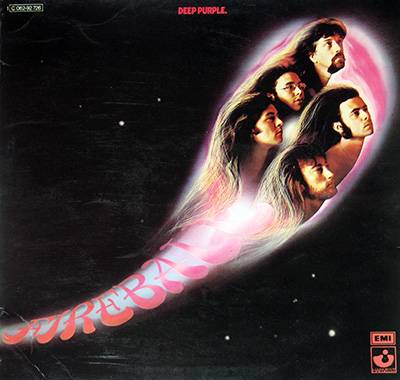
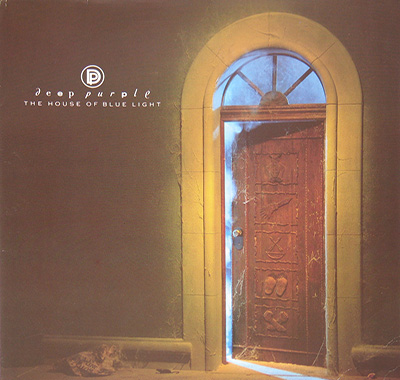
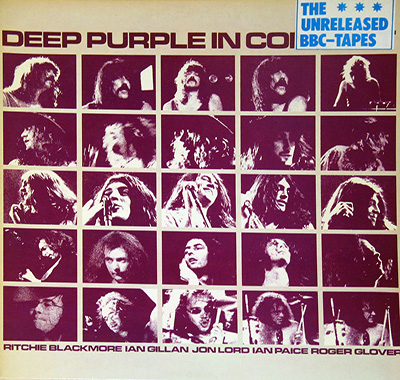
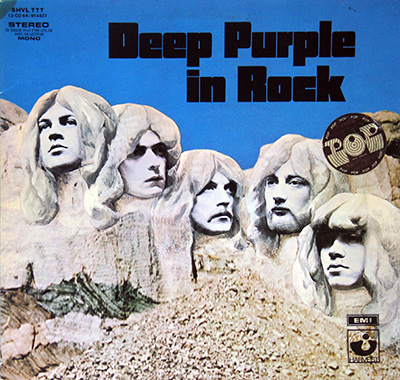
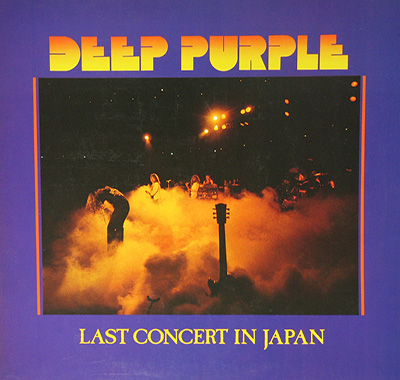
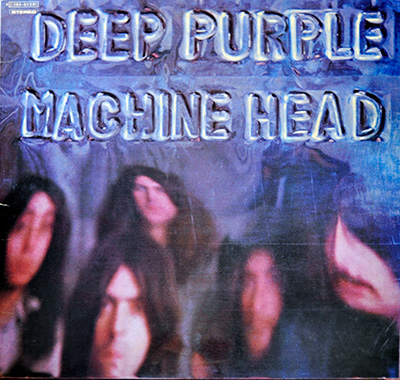
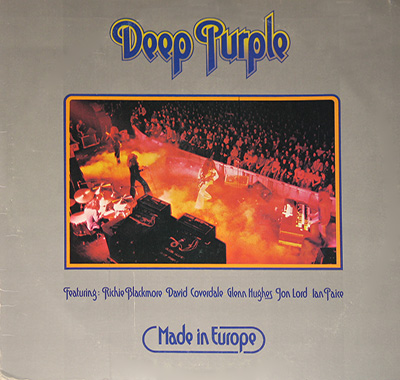
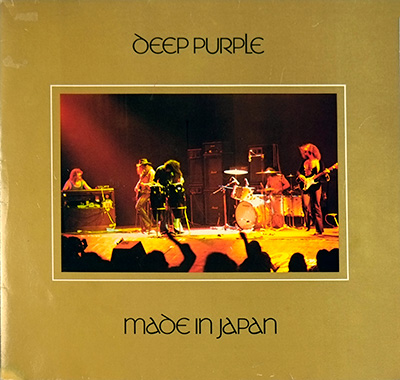
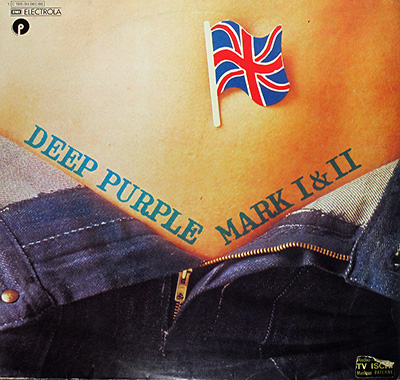
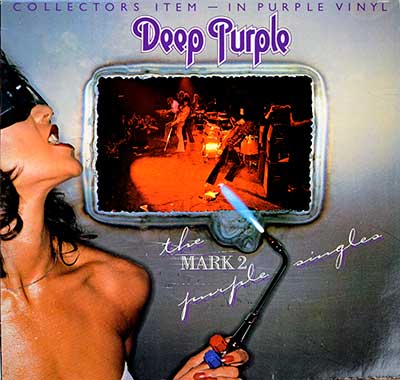
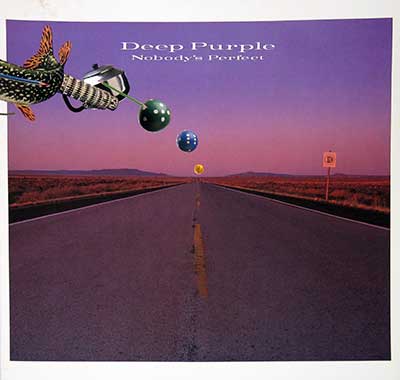
.jpg)
